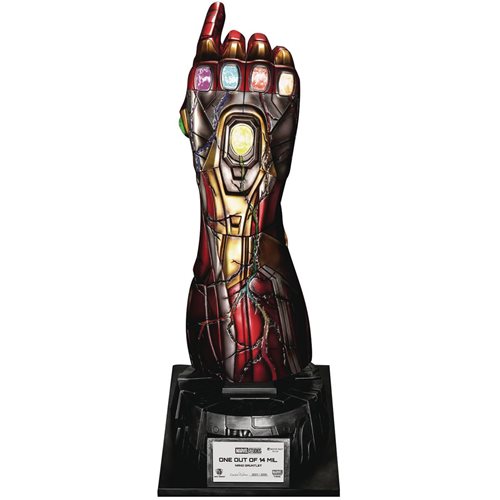Blackmagic URSA 3D-Capable at $6,500 Per Camera!
"The new URSA Cameras do support genlock and should work with 3D, but will also need to be frame synced."
- Rick Rivera
Tim here, and I've gotten confirmation from Blackmagic Design (via Rick Rivera, a Support Representative) that their new URSA camera will be 3D-Capable. More accurately two URSA cameras can be synced together for Stereoscopic 3D production. This makes this the most affordable 4K Cinema Camera to be able to be used for Stereoscopic 3D! Or does it?
At $6,500 roughly for the PL-Mount version of the camera ($6,000 roughly for EF-Mount), this definitely comes in as the most affordable 4K Cinema Camera. However, the media that it records on to is super expensive. It records on to CFast Cards, and to give you an idea about how much it costs: 120 GB = $1,200! How much 4K RAW gets recorded on to one 120 GB CFast Card at the normal 24 frames per second? Sadly, 6-Minutes! (Source)
Now there are 2 card slots in the camera, so that means you could technically record 12-Minutes before needing to reload both cards; but, that's a total of 240 GB at $2,400 for 12-minutes of RAW footage. OUCH! During a regular shoot you'll want a couple of cards available to continuously shoot. So if you dump two cards while two cards are in the camera that gives you 4 cards, but you'd likely want 6 cards to be safe. Thus, you're looking at $7,200 for recording media!
The price will drop as most recording media has in the past for the industry. And Blackmagic Design isn't the only company using CFast Cards. ARRI is betting on the CFast technology as well as its the primary recording media for their new AMIRA camera. The AMIRA is the lower cost ($45,000) documentary version of their ALEXA. The ARRI ALEXA can record on to three media: SXS Cards, XR Modules (XR Capture Drives), and CFast Cards (through adapter). This should help bring the price down of the CFast media, and as well increase the sizes of cards.
Coming back to the cost of the Blackmagic URSA for 3D Production we need to look at the cost of the camera body and media for each eye. Say one already has lenses and the other necessary camera accessories and just needs to know the cost of the cameras and media. Two PL-Mount URSA Cameras will cost $13,000 to the average consumer. Say one buys 6 CFast Cards per camera, then that's 12 CFast Cards total and will cost $14,400. That means that the URSA in a 3D-Capable capacity costs $27,400! Wow, that's affordable compared to the RED Scarlet or Epic. Each Scarlet will cost $14,500 for the body alone; thus, two Scarlets are $29,000 before RED SSD's for recording media. The Epic is more money than the Scarlet, obviously. The ALEXA is expensive at $75,000 per camera. In the end, The Blackmagic URSA is still the most affordable 4K Camera for Stereoscopic 3D Production!
Let's look at some of the Technical Specs for the Blackmagic URSA compared with the ARRI ALEXA since they are so similar in physical design.
*ARRI ALEXA has 3 Sensor modes 16:9 (23.76mm x 13.37mm at 2880x1620 pixels), 4:3 (23.76mm x 17.82mm at 2880x2160 pixels), and Open Gate (28.17mm x 18.13mm at 3414x2198 pixels)
As you can see from the above comparison the Blackmagic URSA is a pretty decent camera when compared to the ARRI ALEXA. Naturally the ALEXA is higher end and a camera that would be more prefered by the professionals. However, for a lower-end professional camera the URSA is capable of delivering good quality for those looking to make a project to get them noticed. And Blackmagic will only improve the camera.
Some additional details about the Blackmagic URSA can be found in the link below, but one of the best things about the URSA is that its sensor and lens mount assembly can be changed. This means you can upgrade to the latest sensor technology in the future and keep your investment in the camera body! Now that's a sweet deal. And, the sweetest part of the whole deal is that Blackmagic Design packages the cameras with the full version of its DaVinci Resolve Software!!! They also did this with their previous cinema cameras. What this means is you get the full professional color grading software many feature films use. What's more is that DaVinci Resolve comes with a plethora of Stereoscopic 3D finishing tools. More information about DaVinci Resolve can be found here.
That's the Blackmagic Design URSA Camera for you. You can read more about it on the official Blackmagic Design Website here. The Blackmagic URSA Camera is scheduled to be released late July 2014.







